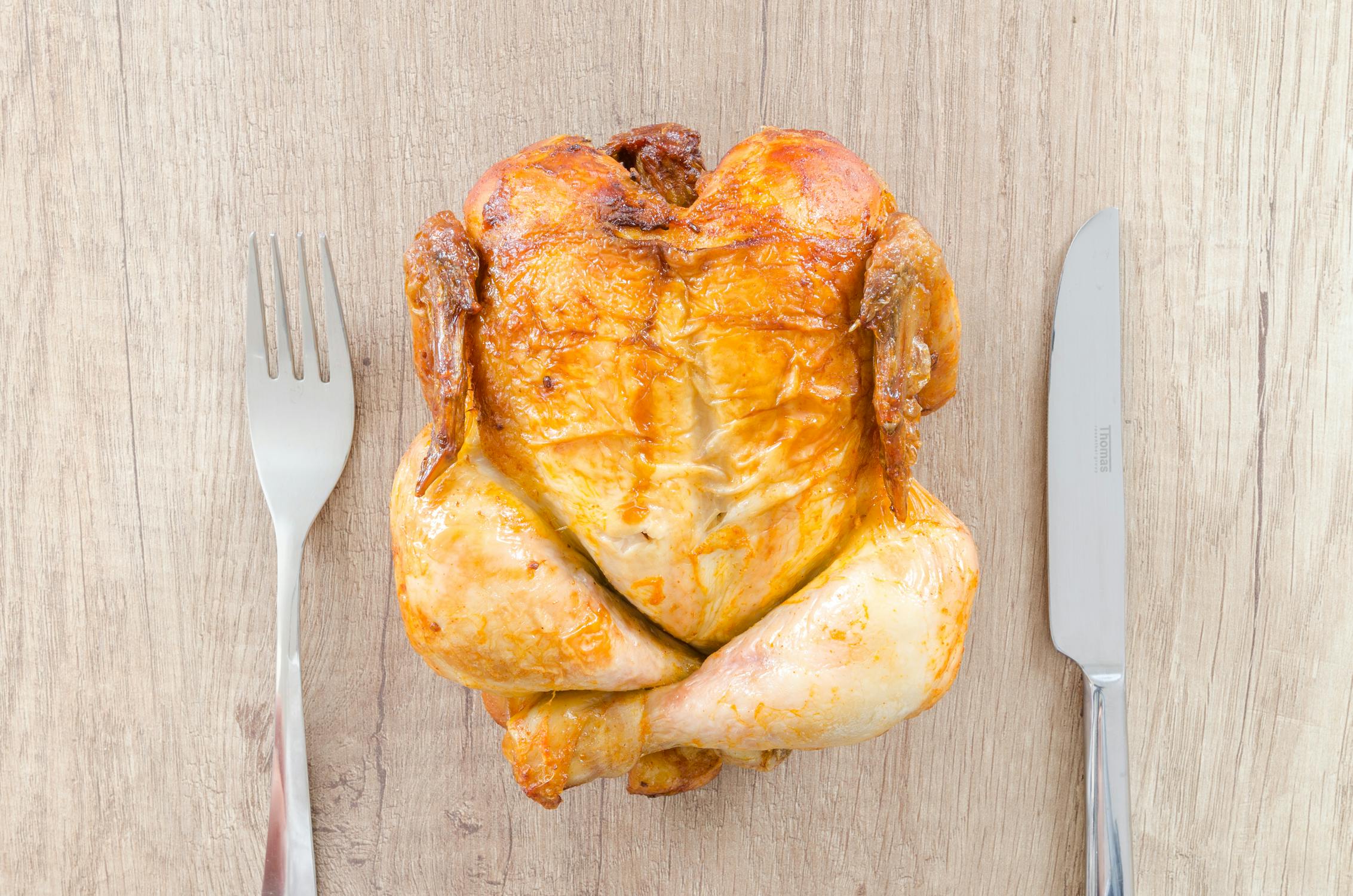A rotisserie chicken is one of the quickest, easiest, and most delicious meals that any household can enjoy. There is so much you can do with a rotisserie chicken, which can either provide one meal for a family, or a few meals if you are dining for one.
But not every rotisserie chicken is the same. There are some rotisserie chickens you can purchase from a grocery store that you should stay away from for several reasons.
Finding the Best and Worst Rotisserie Chickens
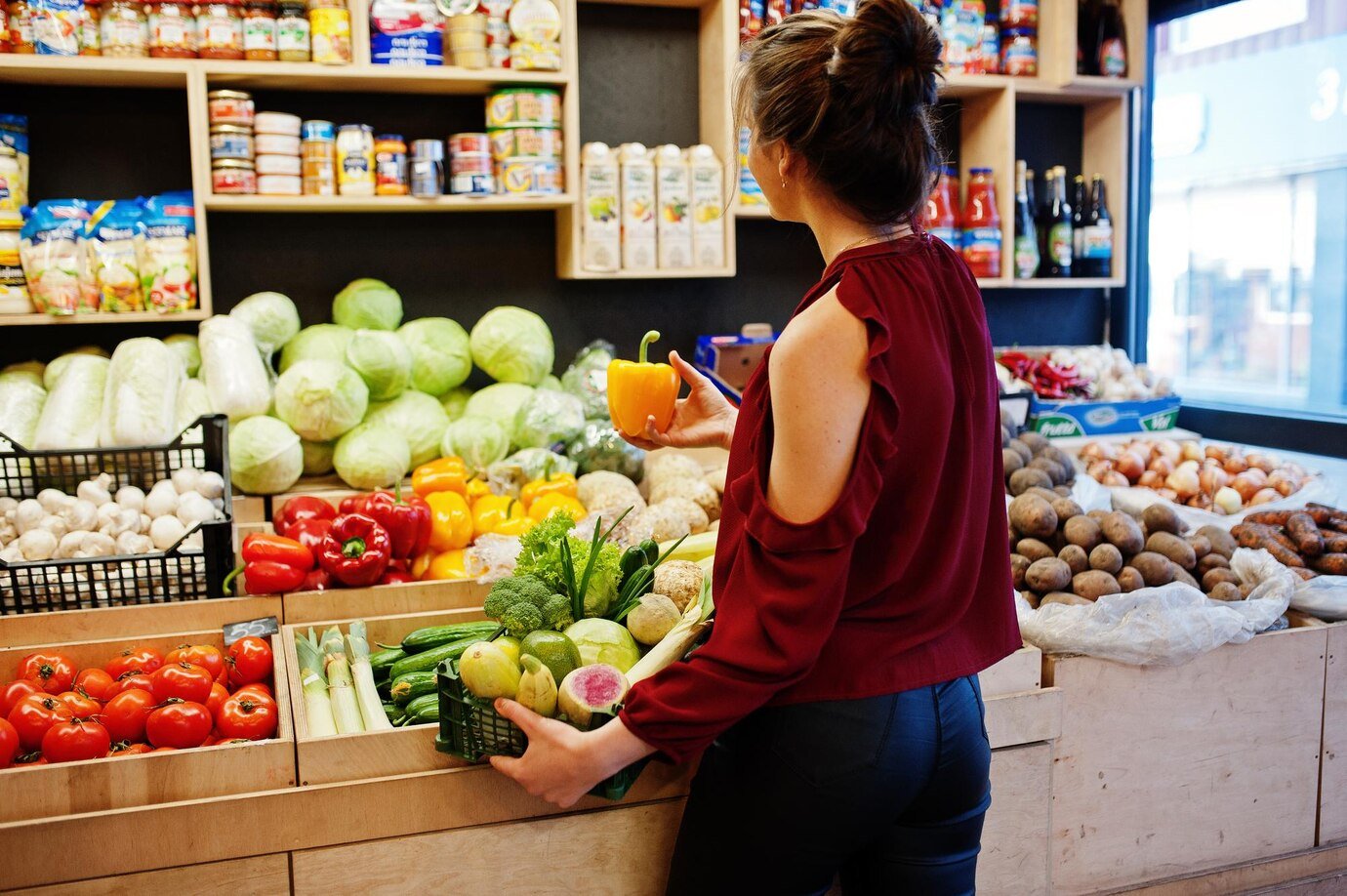
While it is very common for consumers to pick up a rotisserie chicken from a grocery store with the hopes that it will be a perfectly roasted chicken, many have picked up ones that are dry, tasteless, or—at its absolute worst–have a strange texture that doesn’t resemble chicken at all.
There is a trick for picking out the best rotisserie chicken from your grocery store, and one of those tips is not purchasing chickens from these stores.
Covering the Most Notable Brands

While many grocery chains are regional, there are several nationwide brands that we are all familiar with, like Walmart, Costco, and Whole Foods.
These nationwide brands made the list for either good or bad reasons along with regional stores that you might be more familiar with.
Putting the List Together

Using Reddit, Yelp, and published rankings, a list of the worst (and best) rated rotisseries chickens have been combined to help you out the next time you shop.
Food Republic also analyzed the chickens to highlight what makes these chickens stand out. From the value, taste, texture, and overall quality, this is what chickens they think you should purchase or stay away from.
Let’s Make One Thing Clear…
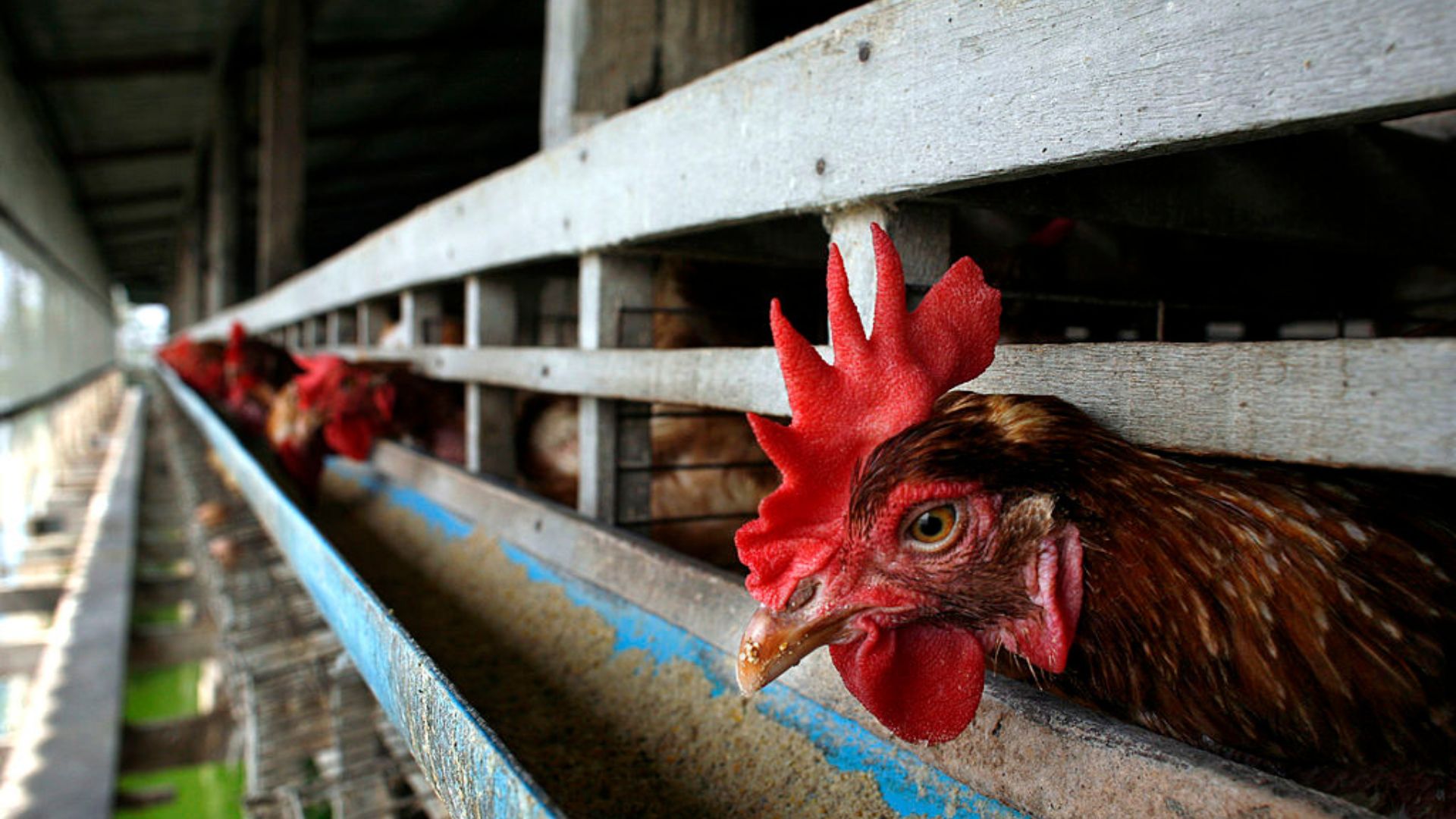
Before rating the chickens, one thing is glaringly obvious between these birds. There is a vast difference in size in the sample chickens. On top of the difference in size, the prices can vary, wildly, too.
These are factors that go into choosing the best and worst rotisserie chicken for your upcoming meal (or meals).
Worst: Fresh Market Rotisserie Chicken
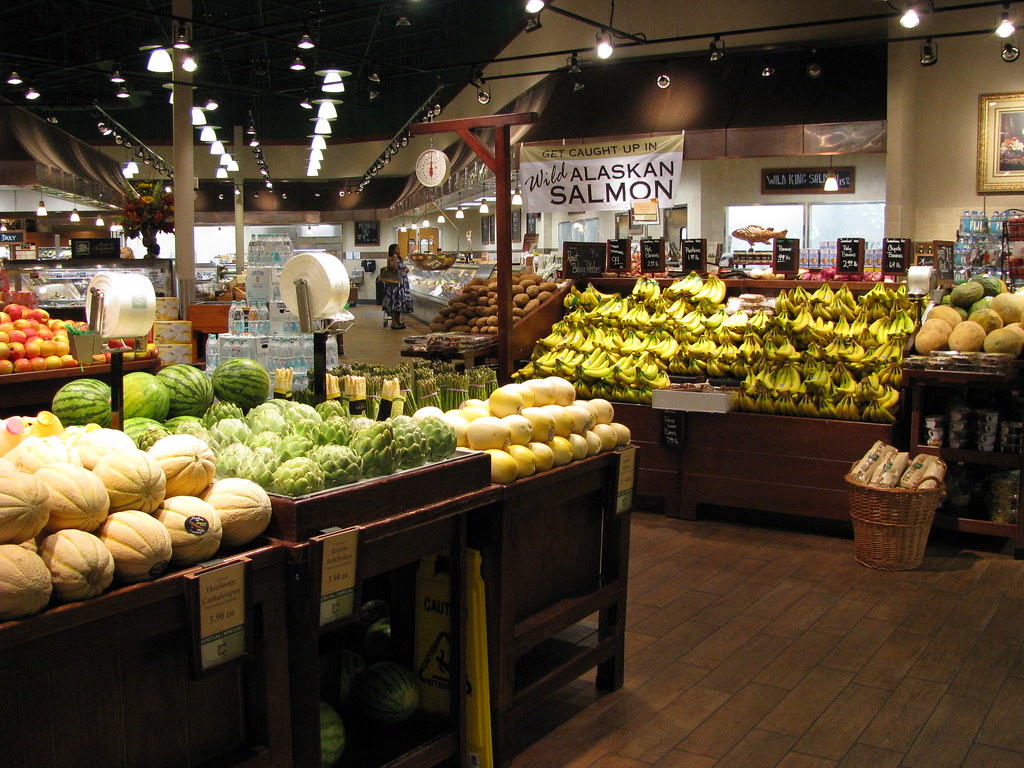
While the Fresh Market might have some great options available to consumers, their rotisserie chicken is not one of those things.
The main reason you should stay away from this chicken is because it is constantly dry and rather tasteless. The worst thing about the chicken is that it is nearly $10, reflecting the higher prices of the grocery store.
Best: Sprouts Rotisserie Chicken
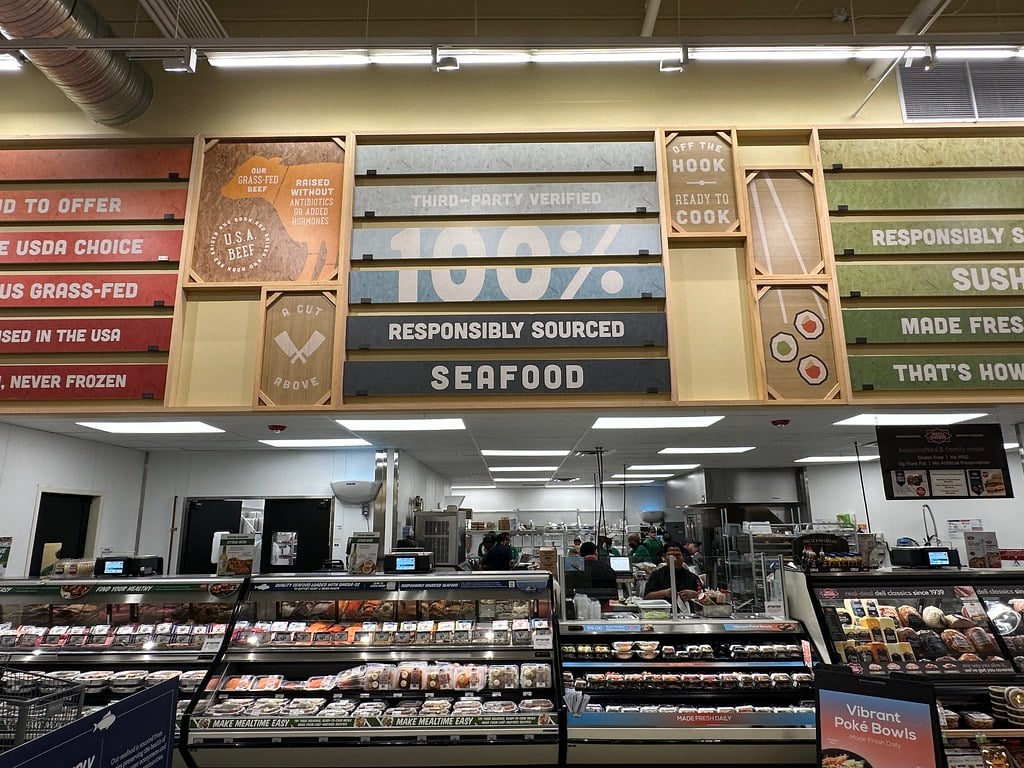
Sprouts is known for its high-quality ingredients, even if they do come at a slightly higher price than other grocery stores. The chain’s rotisseries chickens are no exception. Plus, it is made without antibiotics, hormones, or steroids.
The best part of this healthy chicken is that it tastes good thanks to its seasoning and distinguished smokey flavor. The only issue with this chicken is that it can get salty with 880 milligrams of sodium in a 4-ounce serving size.
Worst: Whole Foods Rotisserie Chicken
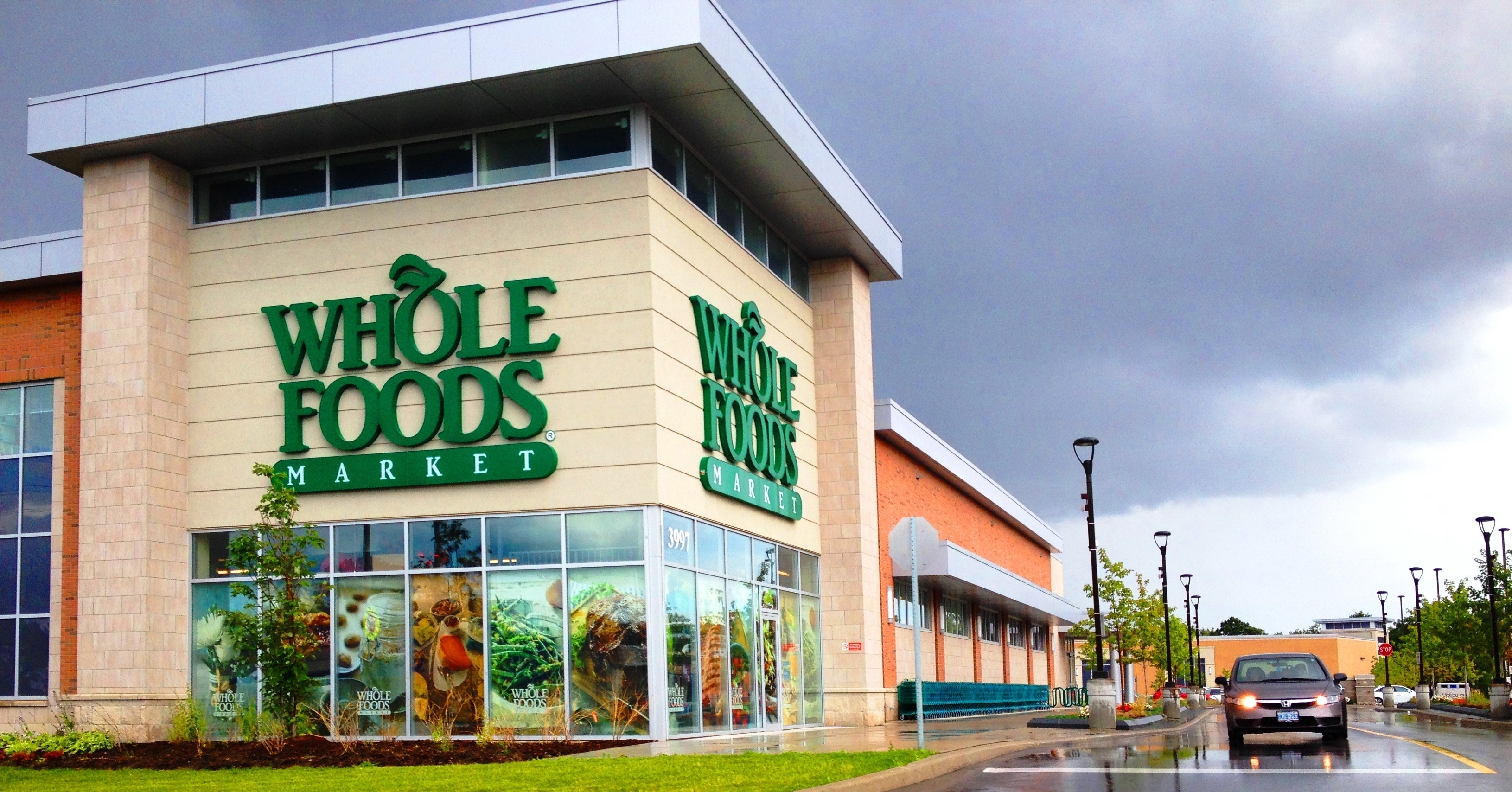
Whole Foods emphasizes the quality of its food, but the rotisserie chickens, marketed on the retailer’s website as responsibly raised meats, don’t rank as a top-tier choice compared to other grocery stores.
The consensus is that Whole Foods’s rotisserie chicken is on the drier side and lacks any notable flavor. It is a disappointing chicken that is on the pricier side.
Best: Costco Rotisserie Chicken
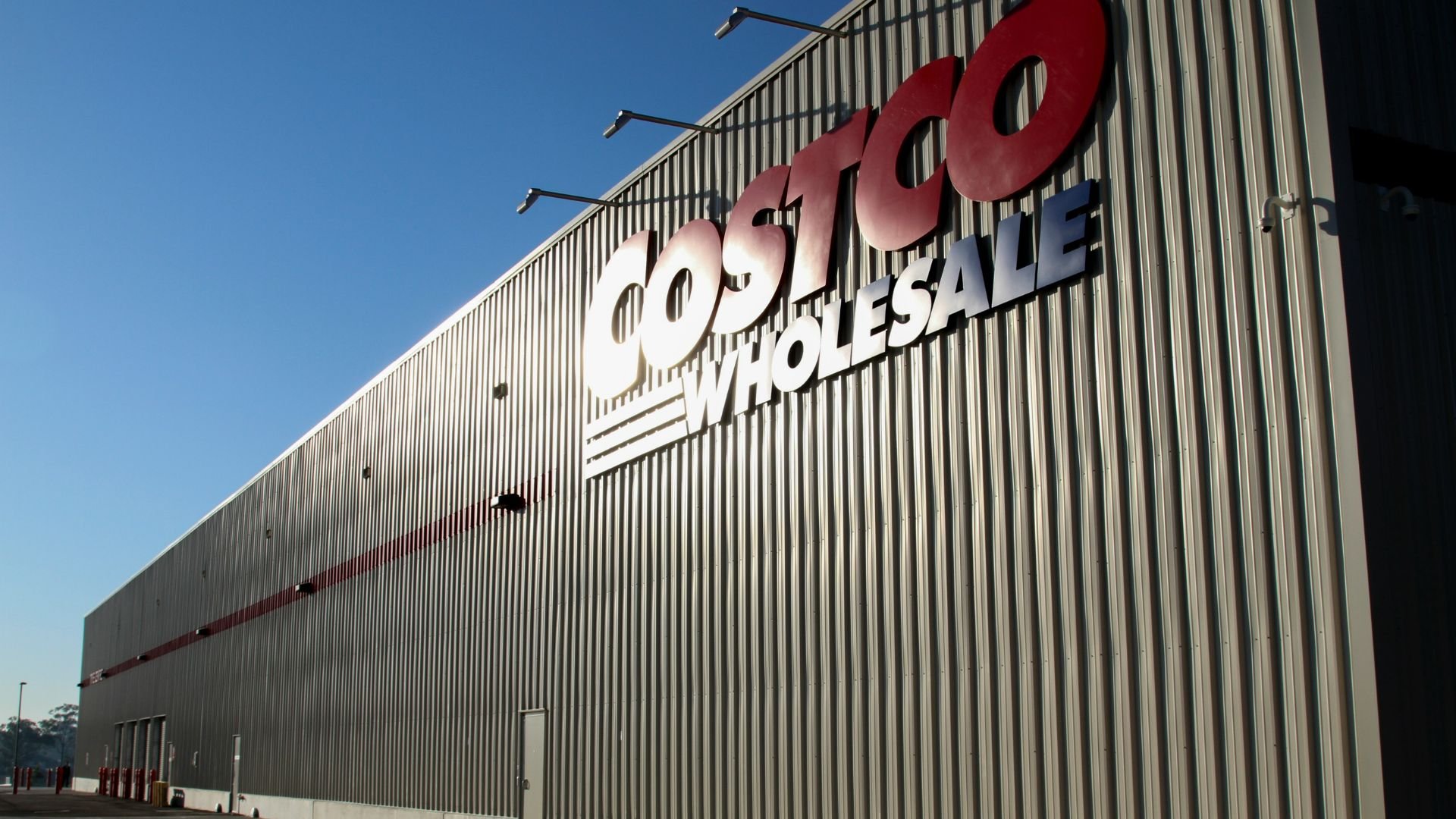
There is a reason an older gentleman has gone viral on TikTok for wearing his Costco Chicken Shirt. According to Food Republic, Costco’s rotisserie chicken is really good considering the aspects of the test.
Starting at $4.99—yes, the price has not changed since 2009, this chicken is a tad salty, but is very juicy with a crispy skin. The quality and amount of meat on the chicken, which weighs around 3 pounds, is a great value for any shopper. All you need is a Costco card.
Worst: Winn-Dixie Rotisserie Chicken

Winn-Dixie is a beloved chain that doesn’t have a beloved rotisserie chicken. The pale-colored chicken lacks seasoning and may be undercooked.
Possibly the worst part of the chicken is the texture. Unlikely the pillow-like, tender texture you want from a rotisserie chicken, Winn-Dixie’s chicken is a fatty and stringy consistency. You might just want to avoid this rotisserie chicken as much as possible.
Best: Smart and Final Rotisserie Chicken

If you want a decent rotisserie chicken that is a bang for your buck, Smart and Final have a jumbo-sized over-roasted chicken that has tons of meat on them that many reviewers have called the best chicken they’ve ever bought from a grocery store.
The chicken stays juicy for a few days, so you won’t have dry leftovers for your next few meals.
Worst: Walmart Rotisserie Chicken
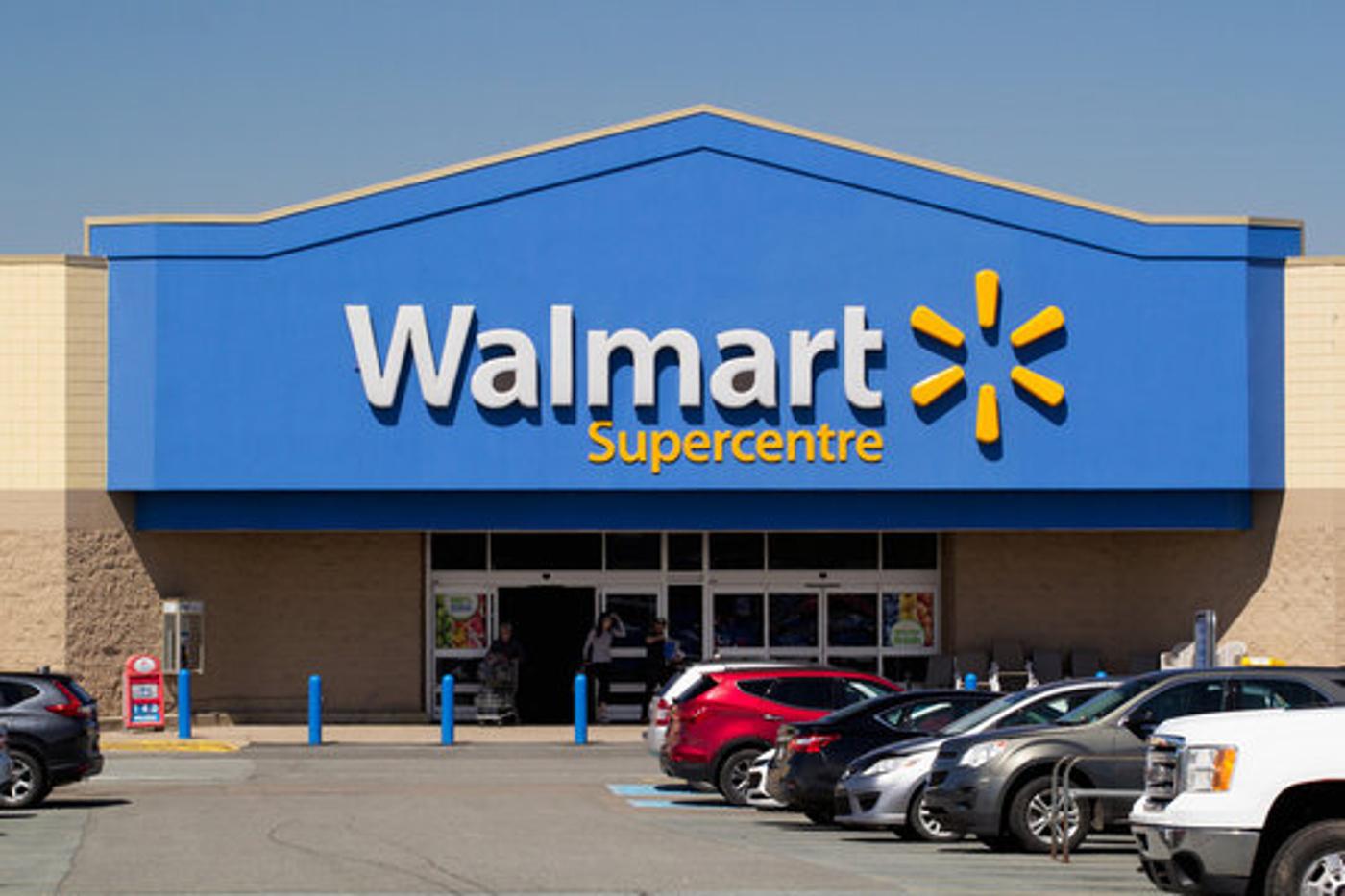
Walmart might have low prices, but that doesn’t mean that every item is going to be high quality. Unfortunately, the rotisserie chicken is a good deal but is not the best choice. Reviews note that the fatty quality of the chicken and the unusual texture do not resemble a typical chicken.
Another strike for the chicken comes from the lack of flavor. In more extreme reviews, the chicken just tastes bad.
Best: Sam’s Club Rotisserie Chicken
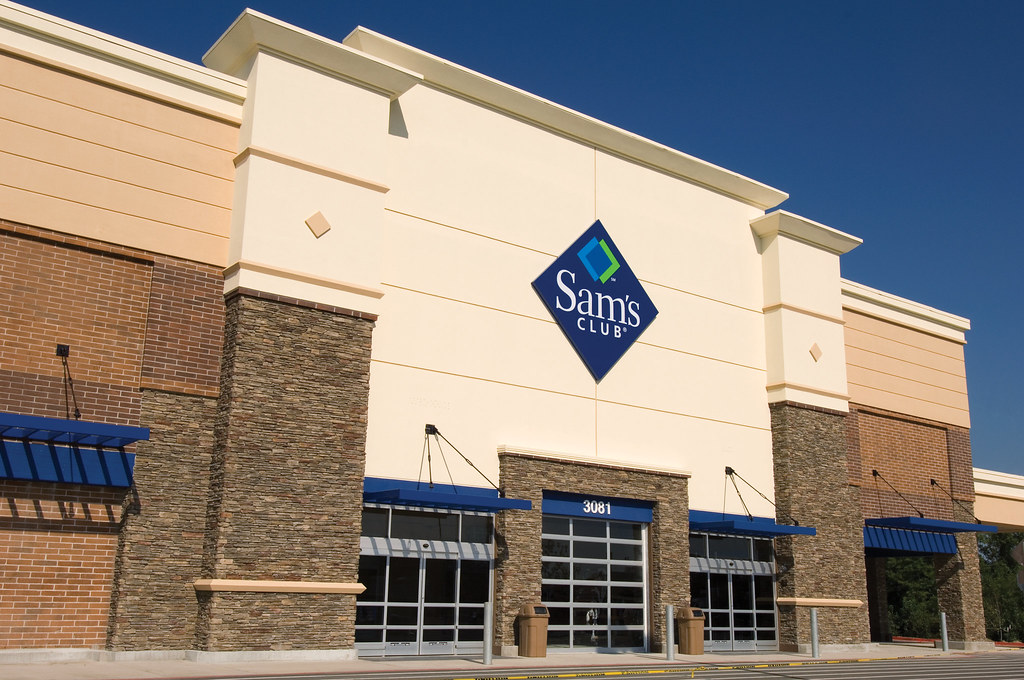
While Sam’s Club is the parent company of Walmart, their rotisseries chicken are a lot better. Sam’s Club’s rotisserie chicken may not be the best on this list—reviews are mixed—but the $5 price makes it a steal.
The grocery retailer has a master of the chicken’s seasoning, making it a delicious rotisserie chicken to use for any meal.
Worst: Kroger Rotisseries Chicken
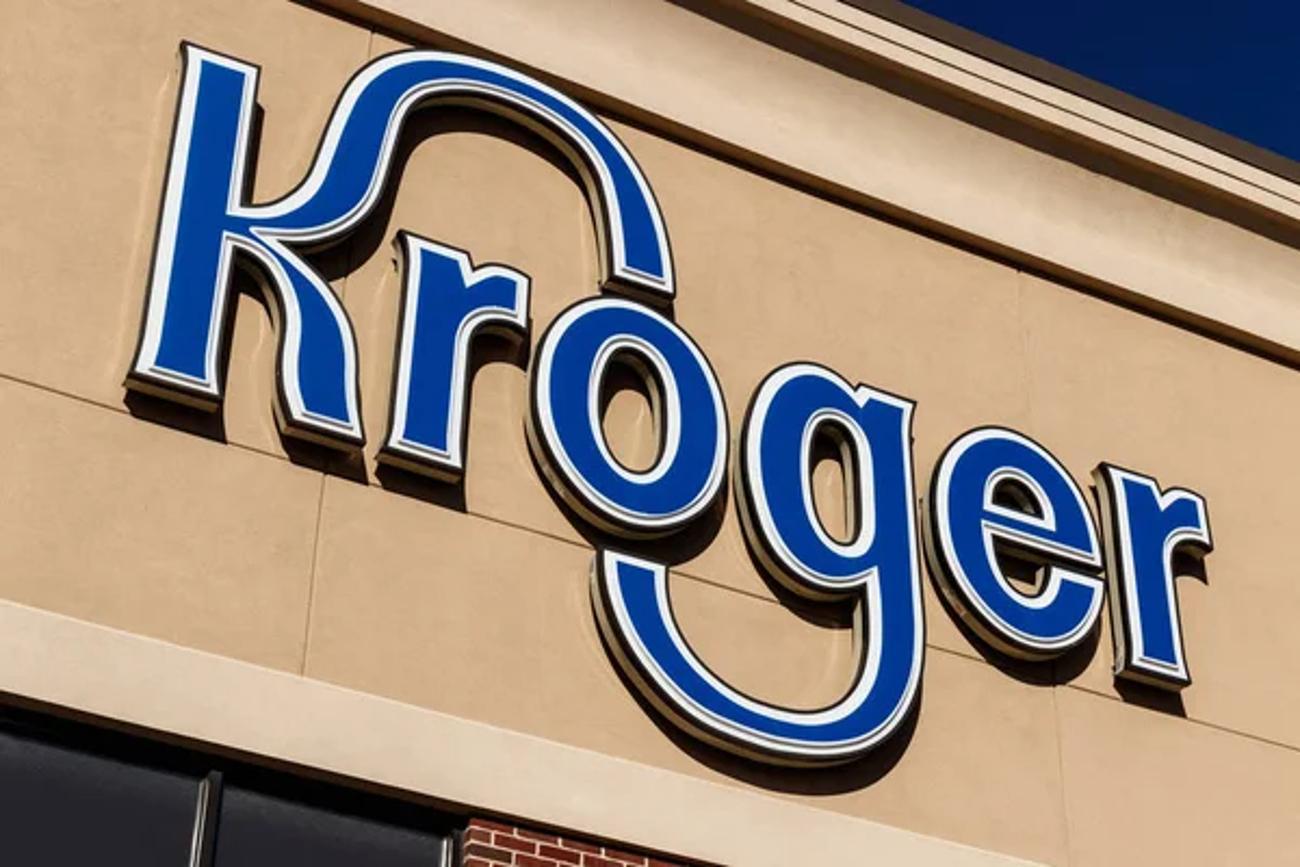
Kroger rotisserie chicken reviews often say the same thing over and over again: this is a dry chicken. Even generally positive reviews say that these chickens have a chalky consistency while you are chewing them.
Beyond the dryness of the meat, the skin is not very crispy and has no identifiable seasonings and it is a smaller chicken weighing about 2 pounds. It is not the best choice for your next meal, so try and stay away if you can.
Worst: Harris Teeter
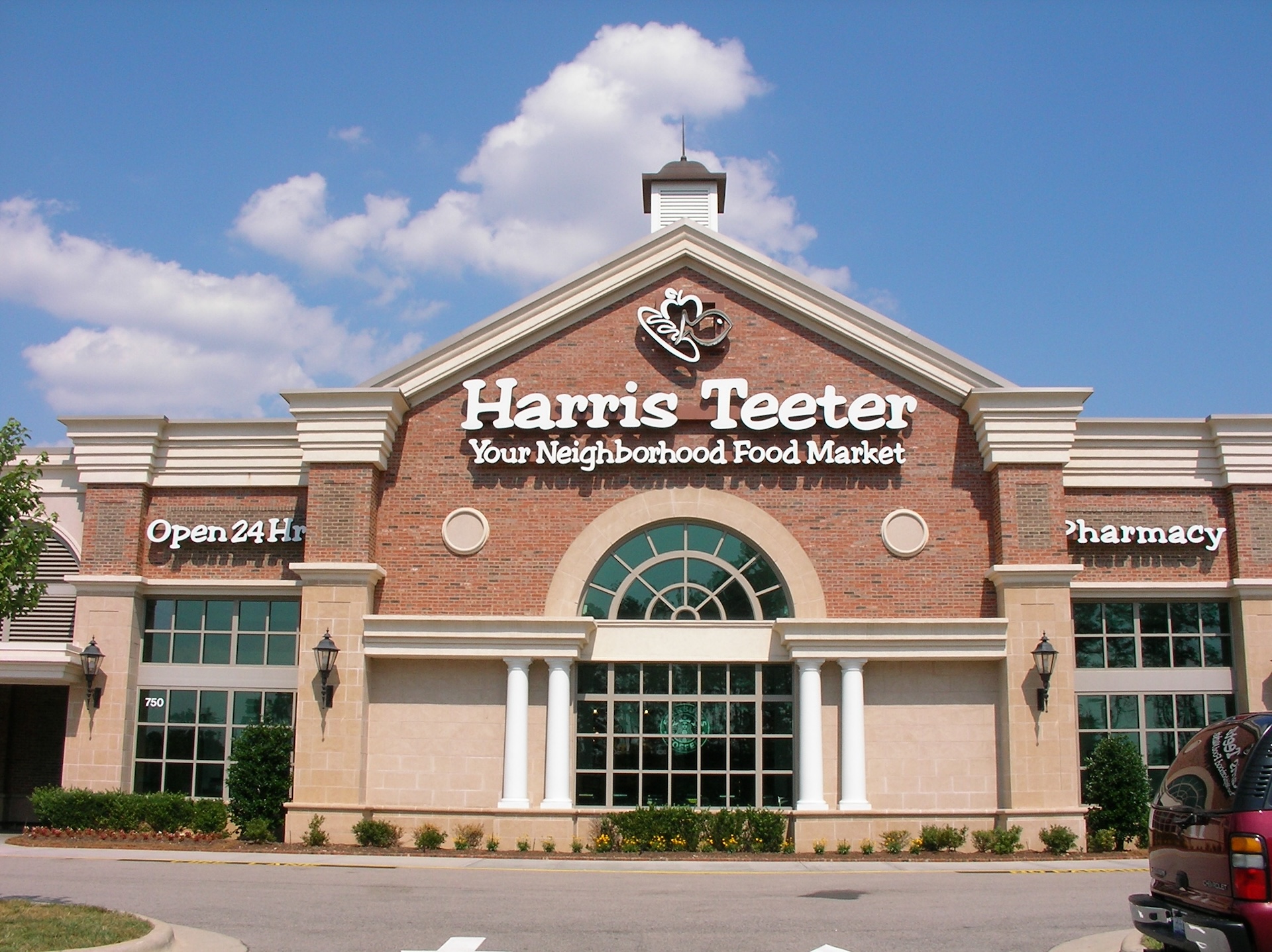
If you are a texture person—meaning that certain food textures create an unpleasant sensory experience—you might want to avoid Harris Teeter’s rotisserie chicken. Many describe the chicken’s texture as leaning toward chalky and mushy, which is not what we want from our roasted birds.
The flavor isn’t doing this chicken any favors either. Some have compared the taste of baby food with a light metallic taste, while others don’t taste anything from this rather bland bird.
Who Doesn’t Love a Rotisserie Chicken?
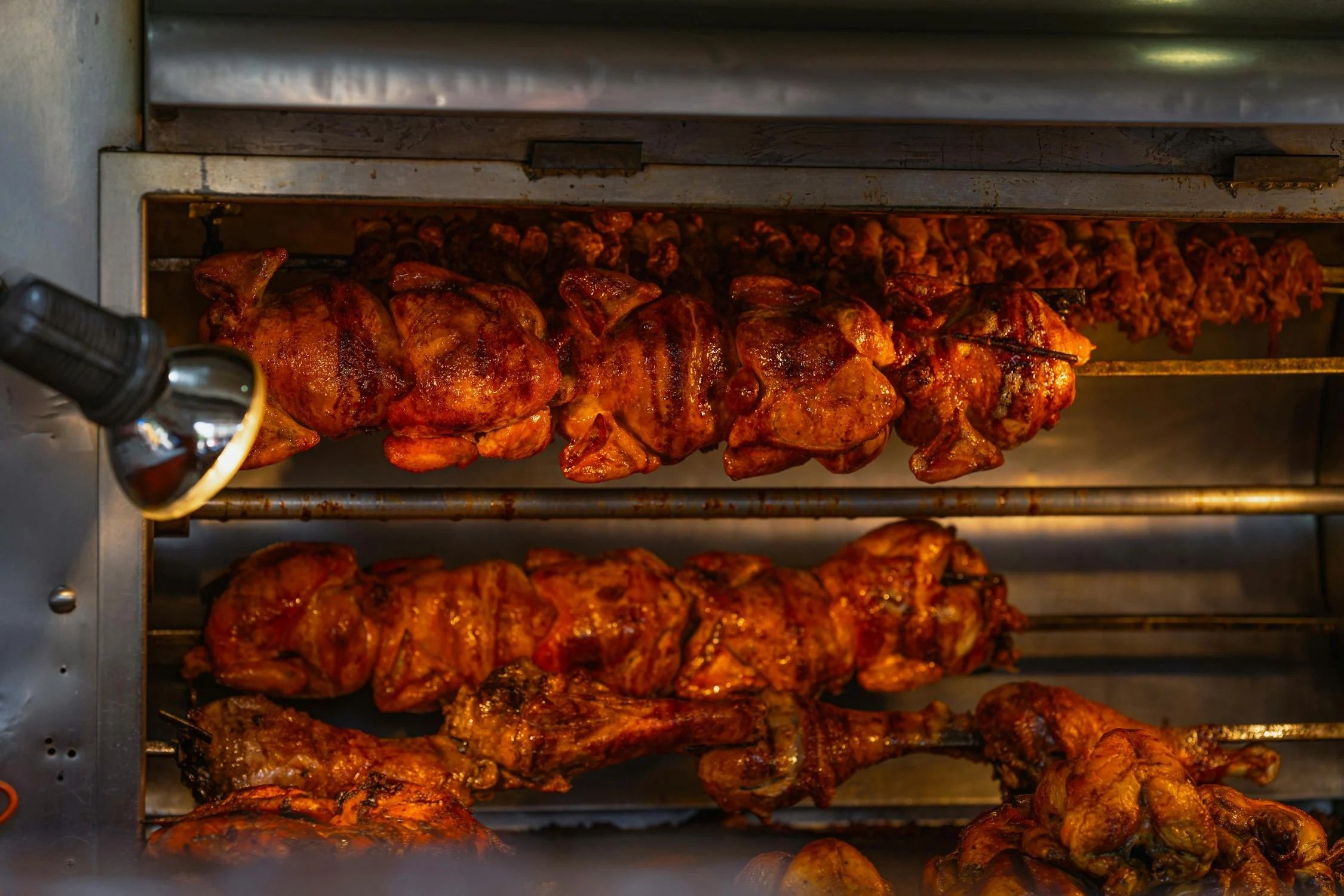
While this list might challenge your preferred bird, there is no doubt that we all enjoy a good rotisserie chicken. The National Chicken Council reports that over 950 million rotisserie chickens are sold annually.
From that taste to convenience, rotisserie chickens are often a great go-to meal for those too busy to cook at home.
A Great Choice for Dinner

“Rotisserie chicken is often very competitively priced and a lot cheaper than eating out,” Anne-Marie Roerink, founder of the grocery market research firm 210 Analytics, said to Consumer Reports.
Roerink said that rotisserie chickens are popular with younger shoppers, but noted that the grocery store staple is a big seller among all ages, incomes, and regions.
Not All Birds Are the Same

Rotisserie chickens are not like oven-roasted chickens. “Essentially, all rotisserie chickens are enhanced with a solution [injected into the bird] to keep the birds moist and tasty,” said Tom Super, senior vice president of communications for the National Chicken Council.
Knowing this, you can’t help but ask, “Are rotting chickens healthy for me and my family?”
What Are Rotisserie Chickens Injected With?
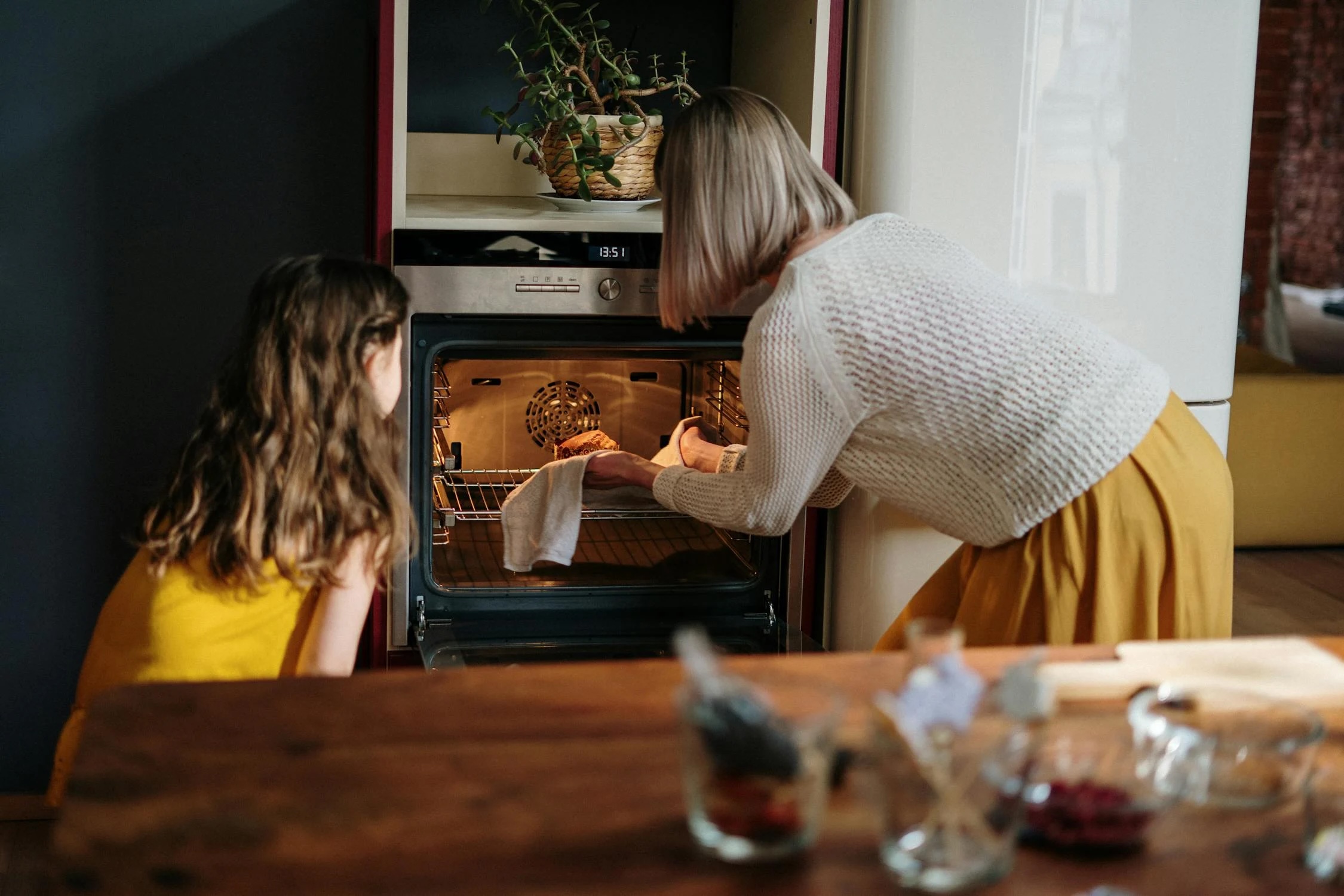
The injection solution can include sugar, processed ingredients like natural flavors, gums, and carrageenan, and a problematic amount of sodium.
“Natural flavors aren’t necessarily as natural as you might think, and you should generally try to avoid processed ingredients as much as possible,” Keating says.
The Least Healthy Rotisserie Chickens
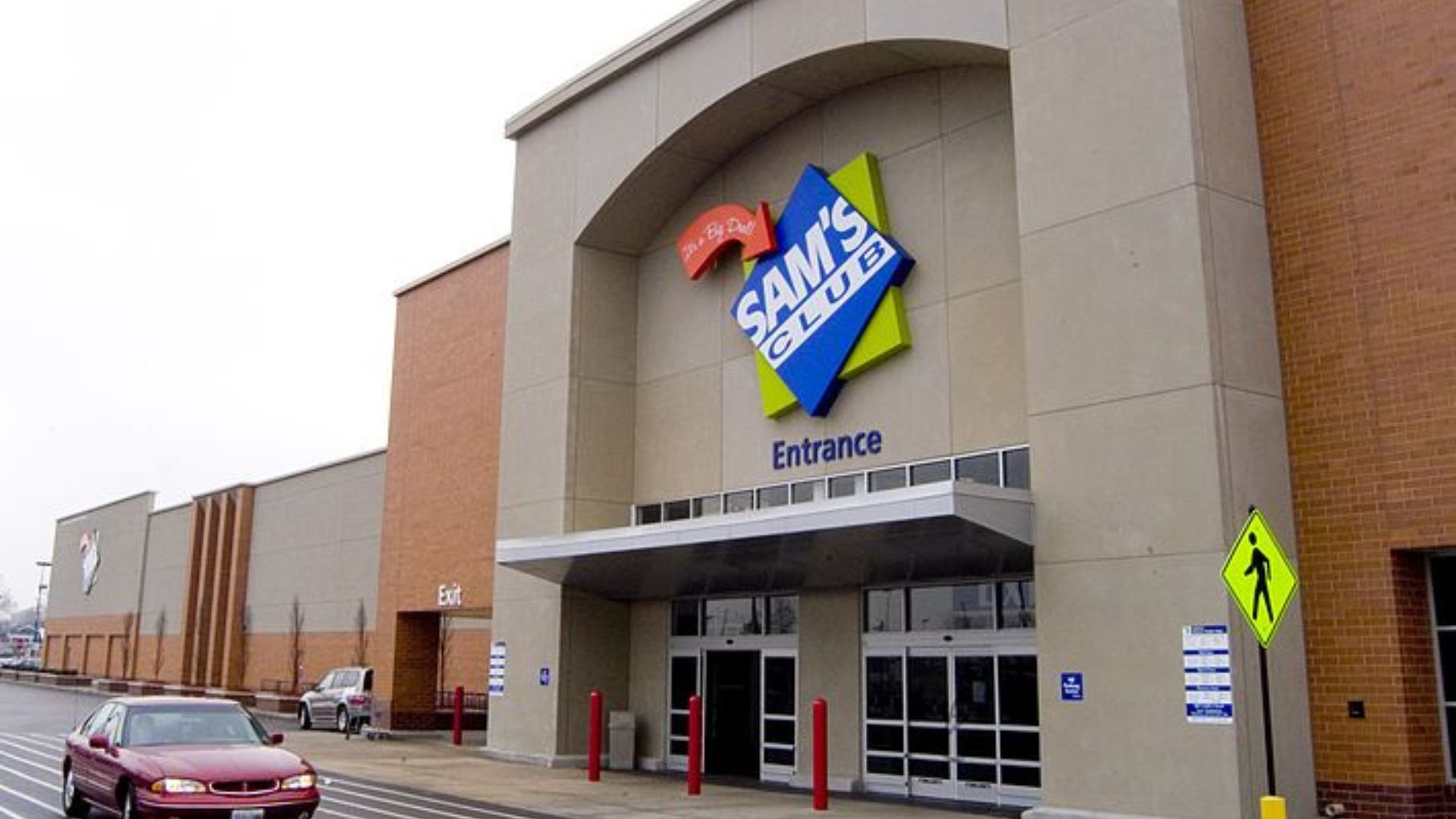
Among the worst sodium offenders is Sam’s Club. While this is one tasty chicken, the bird has about 550 mg of sodium per 3-ounce serving. According to the Consumer Report, that is about nine times more sodium than a chicken roasted without salt.
What is even more concerning is that the rotisserie chicken has about a quarter of the maximum amount of sodium adults should have in a day. The same goes for Costco’s bird.
The Middle of the Pack
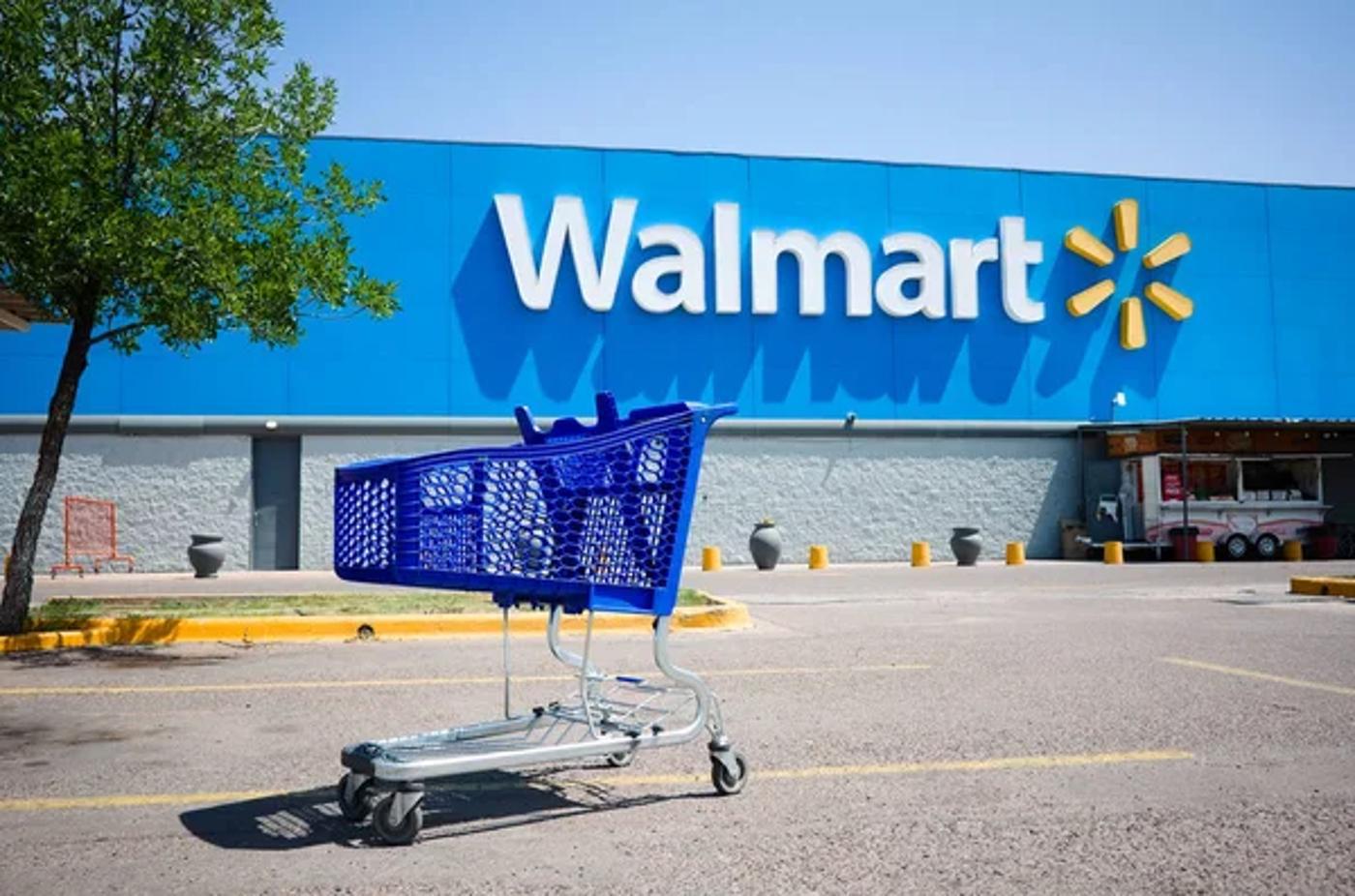
Rotisserie chickens from BJ’s Wholesale Club, Boston Market, Publix, Safeway, and Walmart have less sodium, ranging from 170 to 368.
Not all injected birds are bad news. Kroger and Wegman rotisserie chickens have a lot less sodium compared to the others on the list, at 40 and 95 mg respectively.
The Healthiest Rotisserie Chicken

Despite Whole Foods not having the best bird on the block, they do have the healthiest chicken on this list. While the organic plain chicken has a healthy 70 mg of sodium in 3 ounces, the nonorganic plain chicken has 120 mg.
Skip the skin to cut back on your sodium intake from these healthier birds, but, as mentioned earlier, there is still a noticeable lack of flavor here.
Best Time to Buy

Supermarkets typically prepare fresh rotisserie chickens every 2 to 4 hours, starting around 8 or 9 a.m. and continuing until approximately 4 to 6 p.m. According to Roerink, the best selection is usually available during peak evening hours.
You can call your supermarket’s deli department to ask about their cooking schedule if you want to get your hands on the best rotisserie chickens.
How Long Can You Store the Leftover Chicken?

There is a good chance that you will have a good amount of leftovers if you purchase any of these chickens. Cut the leftover meat out of the bird and refrigerate it in a covered container.
You can also freeze the leftover chicken if you do not plan to eat the rest of the chicken in the next four days.
























